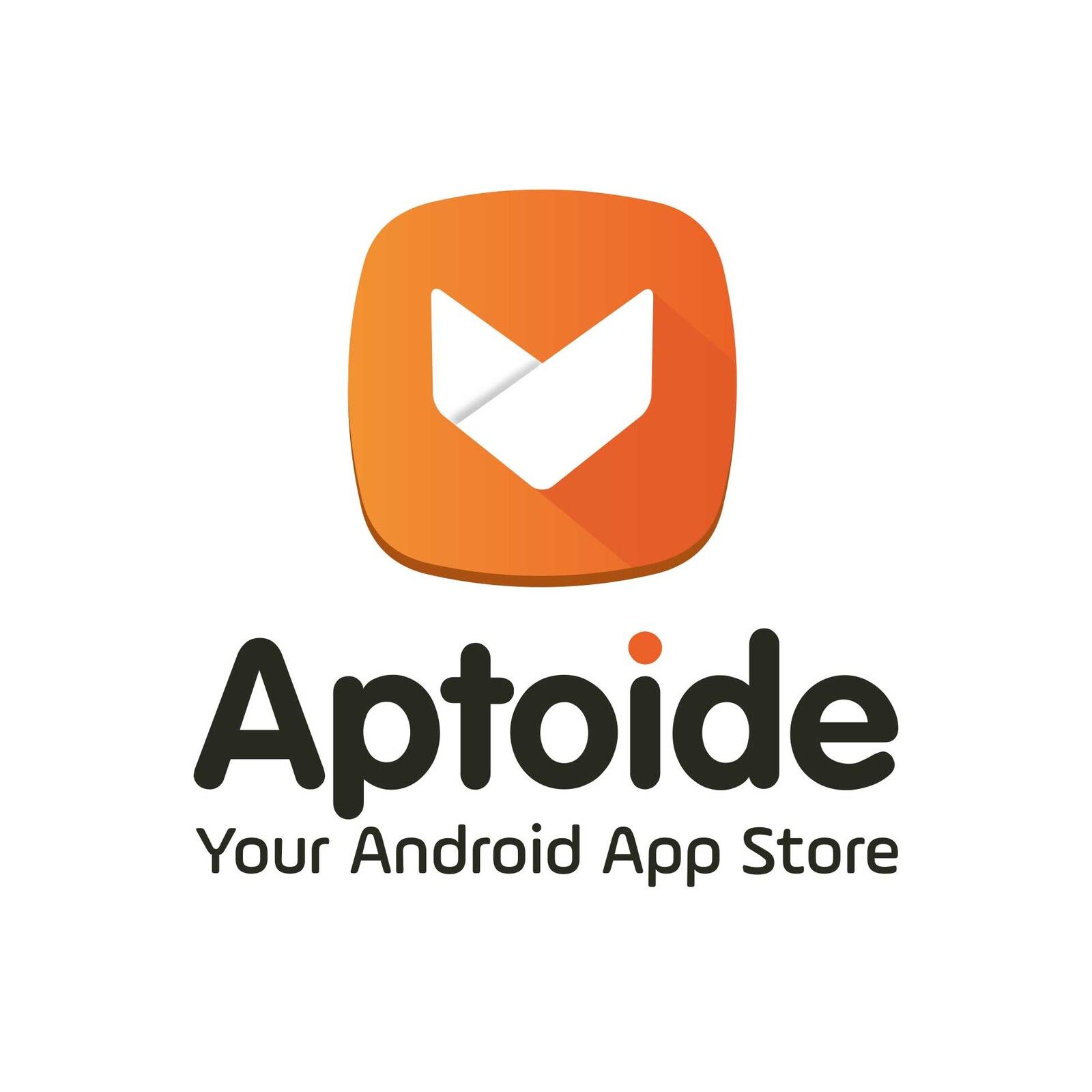A lot of developers worry about user acquisition (or “UA”), the process by which they attract users to their game. As a discipline, user acquisition has existed for about a decade, but it’s always changing. If you’ve found yourself struggling to make sense of it, don’t worry, you’re in good company. Plenty of established marketing leaders have experienced the same struggle, and the field evolves so quickly that opinions and processes rapidly become outdated and obsolete.
However, there are concrete steps you can take to set yourself on the right path. One of the most critical steps is to set your UA program on strong foundations even before you decide to hire your first UA manager or get help from a consultant or an agency. Those foundations are common to many apps and games. Whether working with existing properties across established verticals or setting up a program from scratch, there is a core set of universal, foundational questions that every business should ask as they get into UA.
So whether you’re just considering starting a paid UA program or just want to get going with a few things, I encourage you to ask those questions and think through their answers. In this post we’ll go through some of the most common questions, like goal setting, analytics, media deployment, and creative production. It’ll make everything you do easier, and help you make sure you have the right resources in place before you need them.
Goal Setting
Goals are often taken for granted, particularly the following: “we want to generate ROAS” (return on ad spend). Of course, everyone wants to feel as though the money they spend in advertising should at the very least pay for itself, and of course much more. But very few successful apps or games manage their UA in this manner. They typically don’t think much about achieving true ROAS because to do so would require an incredibly short payback window, and therefore would leave a lot of opportunity on the table.
Instead, most successful UA programs assume some uncertainty. They assume there will be a degree of disconnect between the KPI being targeted and actual business value, usually within whatever range of ambiguity the business can permit . There is also no one set value of ambiguity. It varies based on the product. Maybe you’re using D7 revenue to estimate a cohort’s D180 return, which has a lot of ambiguity. Or maybe you’re focused on getting CPIs lower than your average LTV, which is a specific goal. Either way if you’re obsessed about ROAS you might find yourself pausing a campaign and waiting around for whatever payback window you’ve set, which goes against your other goals. (You should be targeting an intermediate step as a KPI and assuming, even if based on data, that it will turn into business value.)
The point is – goals matter and they can have unintended consequences. That’s why setting the right goals is critical. You need to be very sure that the KPI you’re targeting will actually drive business value rather than get in the way of it, which is easier in some cases than others. You also need to be able to translate that goal into something actionable for a UA program. (For example saying you want to bring CPIs below average LTV is one thing, but how does that translate to a campaign you might run?). It’s also critical to understand the difference between business goals and UA goals. A business goal may be something like generating revenue or hitting a certain monthly active user (“MAU”) target, while a UA goal has to be more tactical.
A good UA goal, or KPI (“key performance indicator”) typically incorporates a few key items, such as:
- It will result in enough data to differentiate traffic while also providing enough for analysis. A lot of algorithms will want at least ~5% of users to trigger your event, for example.
- It will occur often enough, and quickly enough, that you can make budget decisions around it. It also needs to happen within the window that major ad platform’s algorithms look at, typically that means in the first 7 days. * That’s shrinking to 1-3 days with recent updates on iOS.
- There is enough consistency in users that perform the action that the business is comfortable making assumptions about their future value (LTV).
Translating a business goal is something that a UA pro can help you figure out, but leadership needs to be part of it. It’s essential that leadership both (1) believes the UA goal will lead to the business goal and (2) are comfortable with any ambiguity or assumptions. Not having either of those agreements will lead to finger-pointing if expected business value doesn’t materialize, or lead to an inefficiency in allocating resources if there isn’t real buy-in on the belief in the KPI’s value.
Once you’re done defining your goals, you’ll be ready to move on to deciding how to track those goals.
Analytics
There are a lot of different solutions that bill themselves as “analytics”, but when we talk about “analytics” in this section we’re really going to be focused on your BI solution (the internal side) and Mobile Measurement Partner, also known as “MMPs” (the external side) .
Examples of MMPs include AppsFlyer
, Adjust
, Kochava
, Branch
, Singular
, etc., and they more broadly fit into ad attribution analytics. MMPs differ from Product analytics like Mixpanel
or Amplitude
in that they are more focused on what happens with your advertising campaigns before the install, while still having some relevant after-the-install, in-app analytics to help judge the effectiveness of your ads. They’re critical for successful UA because they are the tool that connects the dots between users seeing and clicking your ads on different channels and matches that to users launching your apps for the first time. While major networks (i.e. Facebook, Google, etc.) offer individual SDKs to measure this, MMPs have the ability to do it across all your channels, arbitrate competing claims between partners, and have tools to help measure owned and earned media impacts.

Given the above, the first question you have to ask in this section is whether you’ll decide to work with an MMP, or integrate individual SDKs. For very small developers, the individual SDK approach can be cost effective and an easier implementation. As UA programs expand though, it starts to become easier to do the work to implement an MMP once rather than an SDK for every new partner you want to test.
The second important question is what you want your system-of-record to be for making UA decisions. This is the place where many developers prefer to use their internal BI solution, while enriching it with data pulled from their MMP. This has the advantage of being more tailored to the specific product or business, while also typically having a high-level of accuracy for things like revenue or engagement. The downside is that there is work required to maintain the integration with your MMP and some translation that has to be done between different systems. Alternatively, a small developer, or a team with a very new product, may decide to rely solely on their MMP to make decisions on UA decisions. This tends to be a simpler and more nimble solution, but is more susceptible to errors due to being completely reliant on how you implement your events and by the nature of using third-party logic.
No two analytics systems ever entirely agree, so you’ll have to determine your source-of-truth at some point. The earlier and more explicitly you do that, the better off you’ll be. Whether you’re deciding whether to double spend on a good weekend, or determine if your product in soft-launch actually has the unit metrics to succeed in a global launch, having faith in your numbers is critical. Continuing with the theme of trust, you’ll be more successful if leadership agrees too, and has bought into your process for allocation (and on what success looks like) Especially when those decisions start becoming expensive.
Now with your goals in mind and your well-thought out approach to analytics you’re ready to start deciding where to put your ads, and what your ads should look like.
Media Deployment
Media deployment decisions are often based on historical data, such as work on similar projects, previous experiments with the current project or data about competitors in your vertical. Whatever method you choose, it’s best to have some idea of likely ways you’ll become successful before you even start your UA program.
The reality is that regardless of whether you hire internally or go external, different individuals and agencies have different expertise. You want to make sure that when you’re picking who is going to manage your UA that they have expertise in-line with what you think your products’ core acquisition channels are going to be. For instance, if your path to success is going to rely on Facebook and Google, and other digital channels,you want to avoid hiring a pricey, old-school agency that focuses on TV and radio. While they may still be able to manage your digital campaigns, there will be a mismatch between their skills and your needs that will create costly inefficiencies in both money and opportunity.
It’s important to approach deployment with a strategy though. Often, developers approach UA with a desire to just “growth hack” their way to success and figure out what works as they go. But that’s usually both expensive and undisciplined. It’s impossible to predict every channel you’ll be successful on, but you should have a rough sense for what is likely and where similar products have found success in the past. That way you can make sure the right people and resources are in place and you’re not scrambling to find a copywriter who can do content marketing after you never produced the k-factor you needed to pay off those Snapchat ads.

Creative Production
‘Creative’ refers to the videos, images, copy, and playables that you use in your ads. I’m sure at least a few readers think it’s weird to put creative last, but in a sense this follows the flow of the thought process of a UA strategy. In reality creative production and UA simultaneously and each process informs and constrains the other. But the first questions to ask are your goals, analytics strategy, and deployment strategy. All of which shape the creative. But this does not mean any old creative will do.
Great creative is essential for establishing competitive advantage wherever you’re competing for media. Just because it’s the last step does not mean it’s an afterthought, and it becomes increasingly important as your UA program matures. (watch this space for a link to our upcoming post/series on creative strategy and production, which goes into much greater depth).
You’ll need to make a plan for how you’ll get your creative, starting with who internally may be able to help. This process may be easy if you already have a creative team with experience in advertising, or it may require you to work with an external production agency. In the latter case, you’ll want to find someone internally who has some creative experience, which can be a designer, UI artist, etc., who can help vet different vendors, understand the jargon, and help provide them the materials they need on an ongoing basis.
While anyone with a design background can help vet production options, let me caution against trying to rely entirely on an internal design team without any advertising experience. Designing ads is a very specialized skill since grabbing attention is such a big factor in success. It has best practices that can run opposite general design guidelines, and requires a mindset around trying to create and capture interest as well as attention to detail and polish.
However you decide to produce creative, scoping this process out early helps secure resources and reduce friction when requests start coming in, especially as they’ll likely start out heavy as a creative portfolio is built out. Once you figure out the internal process though, scoping asset production will help get things moving quickly and efficiently. In most cases you’ll need to organize your best looking assets into a directory your creative teams can use, and have someone who can draft creative briefs describing roughly what you want the ads to look like, what message they should deliver, and who their intended audience is. You’ll also want to think out a process for reviewing, and iterating on creative once it’s been delivered.
Having your creative production pipeline planned out will allow a UA manager to quickly move the needle on your UA program, rather than spending their first couple of weeks building it out and waiting for the necessary creative to get started. Alternatively, an agency or consultancy can be an advantage here as they will have a lot of capabilities for sourcing or building creative, but having an internal process for sourcing materials still matters as quality can be very hit-or-miss without it, even if the agency is world class.
Whatever you decide, the process is best started in tandem with building up UA capabilities to make sure they’re both ready to be deployed at the same time.
Conclusion
In the desire and excitement of starting to see installs roll in, it’s easy to gloss over planning in favor of just getting things going . But the reality is you should plan. Given the evergreen nature of many UA programs and the constant desire to scale, most organizations never make time to go back and plan, and that means early mistakes get baked in. So let me encourage everyone considering a UA strategy to spend time thinking through their goals, analytics, deployment and creative strategies so their mistakes don’t come back to haunt them. Mistakes are much more costly once money starts getting spent.










